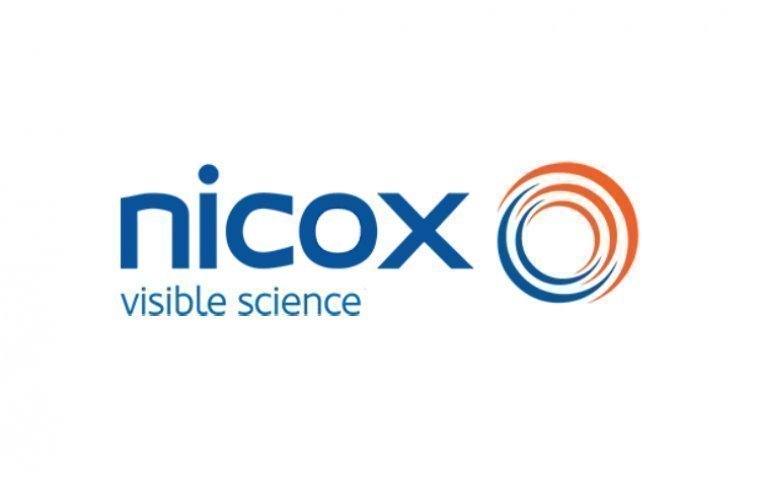
CorneaGen Launches CTAK: A Novel Solution for Keratoconus Patients
CorneaGen, a leading provider of ocular tissue, announced the commercial launch of Corneal Tissue Addition for Keratoplasty (CTAK), a novel solution for corneal contouring in keratoconic eyes. Developed in collaboration with CTAK LLC and Ziemer, CTAK offers patient-ready, gamma-irradiated sterile corneal tissue segments, laser-cut and customized to individual patients' cone severity and location.
Transforming Lives Affected by Keratoconus
"We're so excited to launch CTAK and look forward to wide market adoption transforming the lives of those affected by keratoconus," said Bernie Iliakis, President, and CEO of CorneaGen. "CTAK represents a true treatment advancement, while honoring and maximizing the gift of corneal donation."
CorneaGen's commitment to innovation in ophthalmology extends beyond product development. "Following a CTAK procedure, patients can experience a 'wow' effect with their vision," noted Dr. William Wiley, Medical Director, Cleveland Eye Clinic Division of Midwest Vision Partners. "We have seen immediate impressive improvements in best-corrected and uncorrected vision. This immediate improvement at the first follow-up is an exciting experience for those dealing with Keratoconus."
Collaborative Efforts Bring CTAK to Market
The collaboration between CorneaGen, CTAK LLC, and Ziemer has been instrumental in bringing CTAK to market. "The opportunity to advance the development of such an exciting keratoconus treatment by working with truly innovative and collaborative partners, CorneaGen and Ziemer, has been transformative," said Dr. Peter S. Hersh, Founder of the Cornea and Laser Eye Institute Center for Keratoconus and Clinical Professor at Rutgers-NJ Medical School.
CorneaGen's Commitment to Patient Advocacy
In addition to its product innovations, CorneaGen is a leader in patient advocacy, providing thousands of sight-restoring grafts annually and partnering with over 25 eye/organ/tissue banks to serve U.S. corneal transplant needs. With the launch of CTAK, CorneaGen continues its mission to transform the lives of every person impacted by corneal disease, offering new hope to keratoconus patients worldwide.
About Keratoconus
Keratoconus is a progressive eye disorder characterized by the thinning and bulging of the cornea, the clear outer covering of the eye. This irregularity in shape causes visual distortion, astigmatism, and sensitivity to light, impacting the clarity of vision. Initially, individuals may experience mild blurring or distortion, but as the condition progresses, it can significantly impair vision and lead to severe visual impairment.
Keratoconus typically begins during adolescence or early adulthood and can worsen over time. While the exact cause remains unknown, genetic predisposition and environmental factors are believed to play a role. Treatment options range from corrective eyewear and contact lenses to surgical interventions such as corneal cross-linking and corneal transplantation, aiming to stabilize the cornea and improve visual acuity.
(1).jpg)










